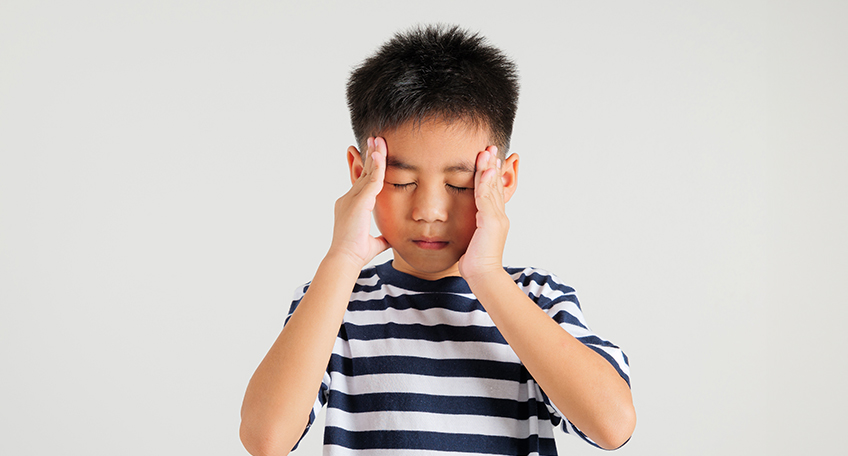Anaemia in Children: What Every Parent Should Know
02 October 2024

It is perfectly normal for your child to be exhausted sometimes.
But when your child constantly complains about fatigue, looks pale and seems to lack energy, it could be a warning sign of anaemia. Anaemia occurs when there are low haemoglobin levels in the blood, which affects oxygen distribution throughout the body.
Anaemia is not exclusive to adults. In fact, it’s a common condition that affects many children as well. In Malaysia, there are approximately 46% of children aged 6 months to 5 years who suffer from anaemia.
In this blog article, we will explore the topic of anaemia in children, covering its symptoms, common causes, as well as essential information regarding this condition that every parent should be aware of.
How to Recognise Anaemia in Children
Aside from fatigue, pale skin, and low energy, your child may also show these symptoms of anaemia:
- Breathlessness
- Headache
- Dizziness
- Irregular menstruation cycle (if they have already begun menstruating)
Should you notice any of these symptoms, it is highly recommended that you schedule a check-up with their paediatrician to rule out anaemia or other serious underlying health issues.
Common Causes of Anaemia in Children
Anaemia in children can arise from a variety of causes, including:
- Inherited diseases
Genetic blood disorders like thalassemia and sickle cell anaemia affect the haemoglobin molecule in red blood cells and lead to low levels of healthy red blood cells. - Nutritional deficiencies
Low levels of iron, folic acid, or Vitamin B12 can hinder red blood cell production. This can result from an inadequate diet or nutrient absorption. - Infections
Some forms of infections can cause a temporary or long-term reduction in red blood cell production, which can lead to anaemia. - Premature birth or low birth weight
Infants born prematurely or with a low birth weight are more prone to anaemia, as they may have lower iron stores at birth.
Health Risks of Untreated Anaemia in Children
.jpg)
Anaemia in children should not be taken lightly. Left untreated, it can severely affect your child’s growth and development.
Anaemia can also lead to complications such as joint pain and swelling, bone marrow failure, and, in severe cases, serious conditions like leukaemia or other cancers.
Dietary Tips for Managing Iron-Deficiency Anaemia

If your child has anaemia that is caused by an iron deficiency, consider these dietary tips to help boost their iron intake:
- Increase their intake of iron-rich foods
Add foods such as red meat, poultry, organ meat, fatty fish like sardine and salmon, beans, lentils, green leafy vegetables and tofu into their diet. - Pair foods high in Vitamin C with iron-rich foods
Enhance iron absorption by adding Vitamin C-rich foods such as oranges, papaya, and kiwi to their meals. - Limit dairy with meals
Avoid serving dairy products during meals as they can interfere with iron absorption.
Anaemia in children is a serious concern and should be addressed promptly to avoid long-term effects on their growth and health. If you notice any symptoms of anaemia in your child, it is crucial for you to seek an expert consultation with a paediatrician.
To make an appointment with any of our paediatricians, click here.






